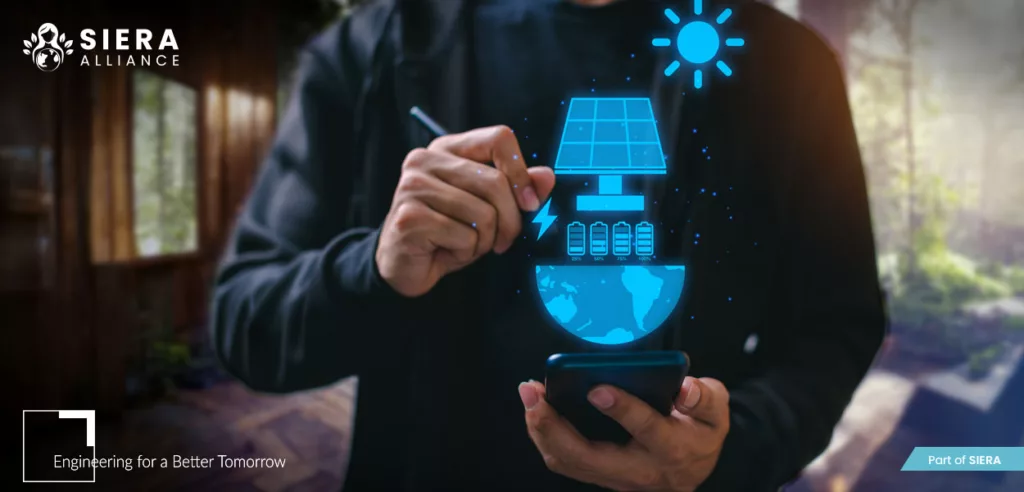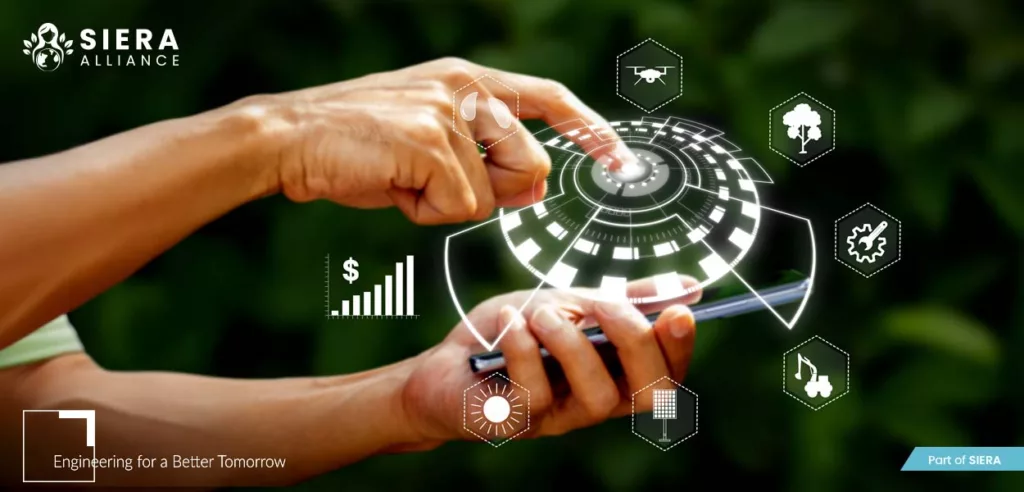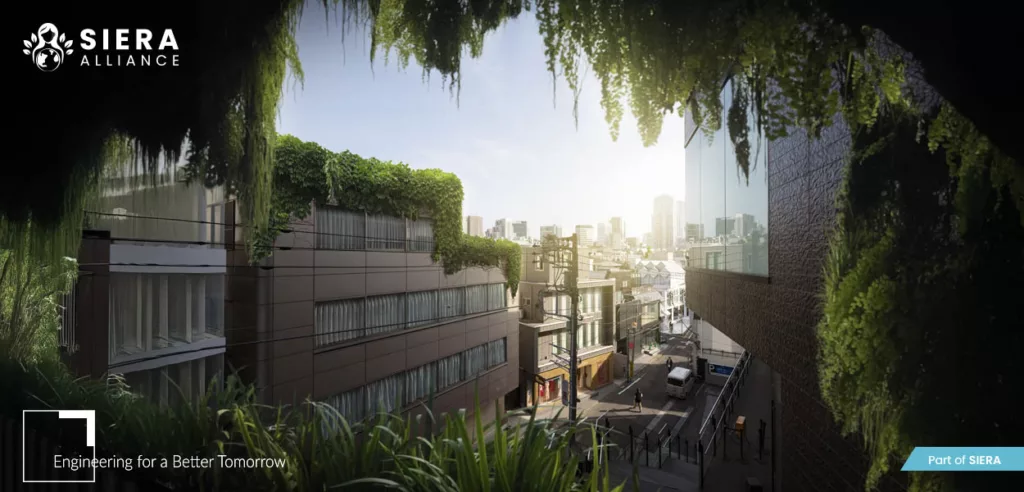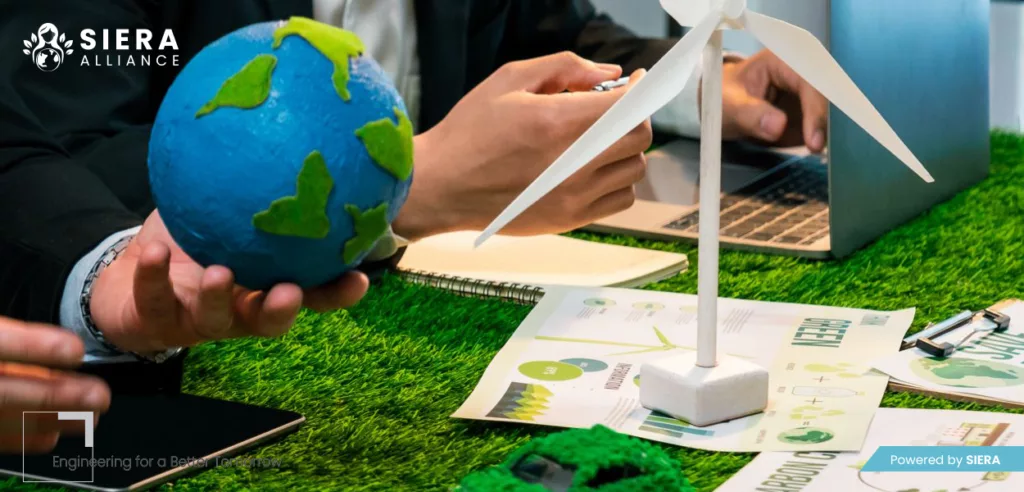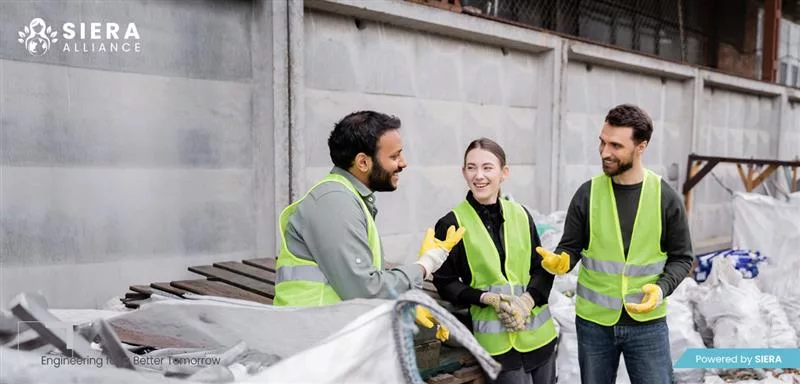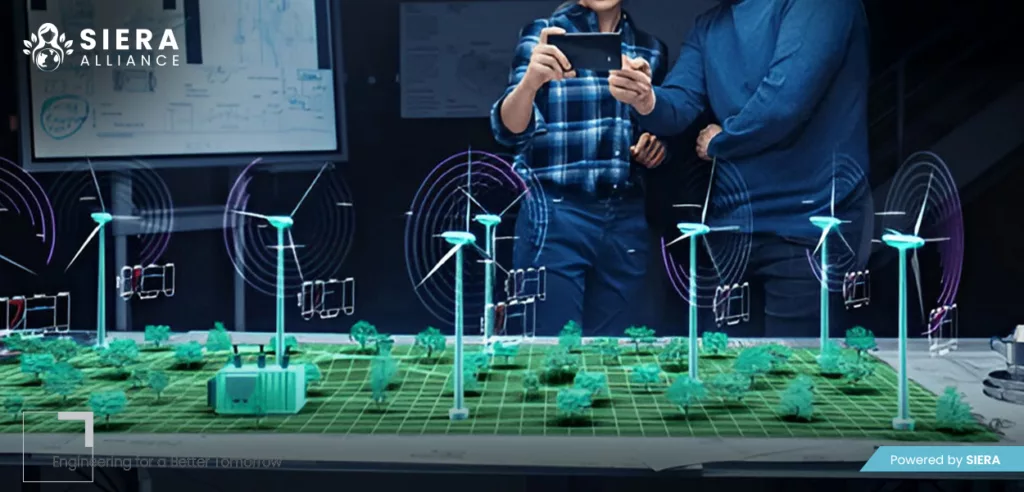As cities face rising urban populations, climate change and energy insecurity, buildings have emerged as both, a challenge and a potential solution. From construction to operation to demolition, the built environment consumes roughly 30% of global energy while contributing to 27% of global carbon emissions.
This is where green buildings can help turn the tide. Designed or retrofitted to minimize environmental impact, green buildings lead to lower energy usage and long-term operational costs. At the same time, they offer improved market appeal for property developers, unlocking long-term resilience.
How Green Buildings Save on Energy Costs
One of the most prominent and immediate benefits of green buildings is their ability to reduce energy consumption. This is achieved through a mixture of architectural innovation, smart technology integration and performance-focused design.
1. Passive Design Strategies
Green buildings prioritize passive strategies that reduce the need for energy-intensive systems. Key elements include:
- Optimizing Natural Ventilation: Maximizing natural sunlight during the winter and minimizing heat gain during the summer reduces the building’s reliance on HVAC systems.
- Thermal Insulation and Building Envelope Integrity: High-performance windows, walls and roofs limit heat transfer, maintaining comfortable indoor conditions with less energy.
- Daylighting and Reflective Materials: Maximizing natural light reduces the need for artificial lighting. Simultaneously employing reflective surfaces can help control heat absorption.
2. High-Efficiency Systems and Smart Technologies
While passive strategies lay the foundation, advanced building systems help to further optimize energy performance:
- Energy-efficient HVAC and Lighting Systems: These modern fixtures consume 20-40% less electricity than their conventional counterparts.
- LED Lighting with Smart Controls: Motion and occupancy sensors help ensure that lighting, heating and cooling systema are only used when needed.
- Building Management Systems (BMS): By centralizing control over heating, cooling, lighting and ventilation, usage can be automatically adjusted for optimal energy consumption.
- Energy Recovery Systems: Technologies like heat recovery ventilators capture and reuse waste energy, further lowering the building’s demand for power.
3. Renewable Energy Integration
Green buildings often incorporate on-site renewable energy, further reducing utility costs and carbon emissions. Common features include:
- Solar Photovoltaic (PV) Panels: Generating electricity from the sun allows buildings to power their own systems and sell excess energy back to the grid.
- Solar Water Heating Systems: Used extensively in residential and hospitality sectors; they can cut water heating costs by up to 80%
- Geothermal Heat Pumps: These systems use the earth’s stable temperature to efficiently heat or cool indoor spaces.
Together, these technologies not only reduce operational costs but also insulate businesses from volatile energy prices.
4. Measurable Financial Outcomes
Numerous studies validate the cost-saving impact of green buildings.
- According to the U.S. General Services Administration, LEED-certified buildings use 25% less energy and 11% less water than conventional buildings.
- The European Commission notes that green retrofits in commercial buildings can deliver energy savings of up to 30 – 50%, with payback periods of just 5-7 years.
- An analysis of EU building renovation programs shows that deep energy retrofits can slash utility bills by € 500 – € 1000 per household per year.
These savings accumulate across the lifespan of a building, translating into millions in operational cost reductions for large portfolios.

How Green Buildings Increase Property Value
Energy savings are just the tip of the iceberg. Sustainable buildings also enjoy superior asset performance, commanding higher rental rates, resale value and market demand.
1. The ‘Green Premium’ in Sales and Rentals
Buyers and tenants are increasingly willing to pay more for green-certified buildings. Research across multiple regions shows:
- Rental premiums of 5-10% for certified buildings over non-certified competitors.
- Sale price premiums of 10-20%, especially in competitive urban markets.
- According to the Royal Institution of Chartered Surveyors (RICS), buildings with sustainability features consistently outperform market averages in both residential and commercial segments.
Why? Because green buildings offer more than energy efficiency – they ensure future resilience, operational reliability and improved quality of life for its occupants.
2. Reduced Vacancy and Longer Tenant Retention
Green buildings often achieve higher occupancy rates and lower tenant turnover, especially in commercial real estate. Factors driving this include:
- Improved Indoor Air Quality and Comfort: Features like low-VOC materials, fresh air systems and natural lighting create healthier environments that improve productivity and well-being.
- Lower Utility Costs for Occupants: Tenants are attracted by the promise of reduced monthly expenses.
- Sustainability Reputation: Organizations are under pressure to meet ESG criteria and occupying a green-certified building aligns with their corporate responsibility goals.
In many cases, tenants will prioritize green buildings over cheaper alternatives because the total cost of occupancy is lower and aligned with brand ethos.
3. Lower Risk, Higher Resilience
Green buildings are more likely to meet current and future regulatory standards for energy efficiency, emissions and safety, reducing the risk of costly retrofits and stranded assets. Investors and insurers increasingly recognize green buildings as lower-risk investments due to:
- Resilience against climate-related disruptions (e.g. heatwaves, storms, energy shortages)
- Reduced exposure to carbon pricing or penalties
- Higher asset liquidity, as buyers seek compliant and future-proofed properties.
This resilience translates into lower insurance premiums, reduced capital risk and enhanced asset longevity – key components of long-term value creation.
4. Increased Investor Confidence and Access to Green Financing
Green buildings attract more institutional capital, thanks to rising interest in sustainable and impact-based investing. Certified green assets are eligible for:
- Green Bonds and ESG Funds: Major European banks and pension funds now prioritize certified buildings in their sustainable investment portfolios.
- Tax Credits and Subsidies: Governments across the EU offer incentives for energy-efficient construction and renovation.
- Favorable Loan Terms: Financial institutions offer preferential mortgage rates for green-certified residential properties.
This not only makes green projects more affordable but also increases their marketability and long-term asset stability.
Aligning with EU Policy: Strategic Advantages
Green buildings are integral to achieving the EU’s climate and energy goals. The Energy Performance of Buildings Directive (EPBD) mandates:
- All new buildings must be nearly zero-energy buildings (NZEB).
- Existing building stock must undergo deep energy renovation, with targets to renovate 3% of public buildings annually.
- National initiatives under the EU Renovation Wave Strategy aim to double annual renovation rates, creating energy savings, jobs and healthier living environments.
Green buildings that comply with these directives are not only legally future-proofed, but also eligible for EU funding and technical assistance.
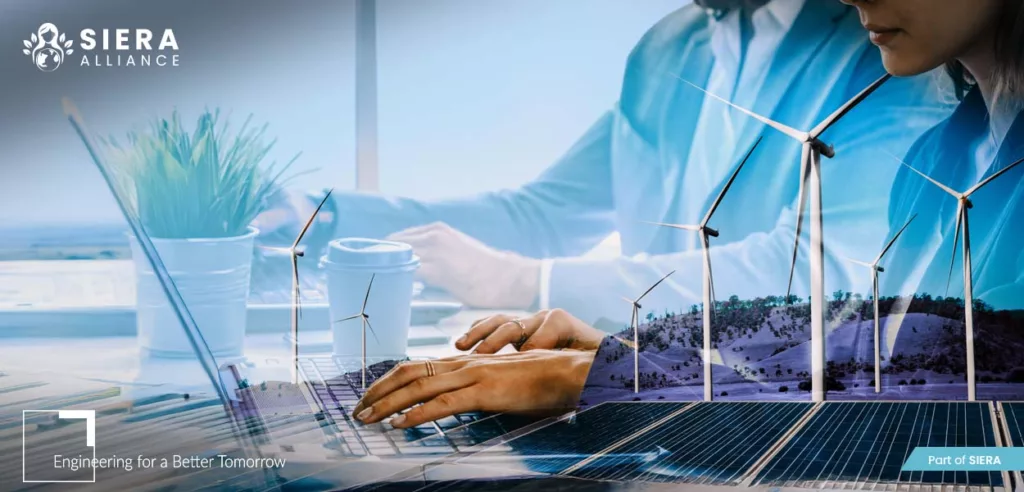
Case Studies: Green Buildings Creating Value
The Crystal, London, UK
A flagship example of sustainable design, The Crystal is fully electric and uses solar PVs and heat pumps. With LEED Platinum and BREEAM Outstanding certifications, it has become a commercial and educational landmark, increasing its property value by over 20% since opening in 2012.
Bosco Verticale, Milan Italy
These vertical forests are more than architectural marvels. Their sustainable design and biodiversity features, boasting over 20,000 plants, raised neighborhood property prices by up to 30%, while also attracting eco-conscious buyers and global recognition.
EDGE East Side, Berlin, Germany
This office building combines solar power, smart lighting and CO2-neutral construction methods. It is leased by major tech firms, commands premium rent rates, and maintains 98% occupancy – a testament to market demand for green offices.
Addressing Common Challenges
Despite the clear benefits, green buildings still face adoption hurdles:
- High Initial Capital Costs: Energy-efficient materials and systems increase upfront expenses. However, life-cycle savings, performance incentives and green financing can offset this gap.
- Complexity of Certification: Navigating green certifications can be technical and time-consuming. Partnerships with sustainability consultants, like SIERA Alliance, help simplify the process.
- Knowledge Gaps in the Market: Many developers and investors still underestimate the financial benefits of green buildings. Demonstration projects and data transparency are essential to shifting mindsets.
A Pathway to Profitable Sustainability
As the technology becomes more ubiquitous and policies shift to prioritize sustainability, the future of the built environment will undoubtedly be green. GreenbuildingsThey offer developers and property owners a way to reduce operational expenses, increase asset value and align with environmental regulations – all while delivering healthier spaces for occupants.
For SIERA Alliance and its network of sustainability leaders, the message is clear: embracing green building principles isn’t just good for the planet – it’s smart economics and long-term value creation. By investing in sustainable design today, we can build a future that is more efficient, resilient and prosperous for all.

